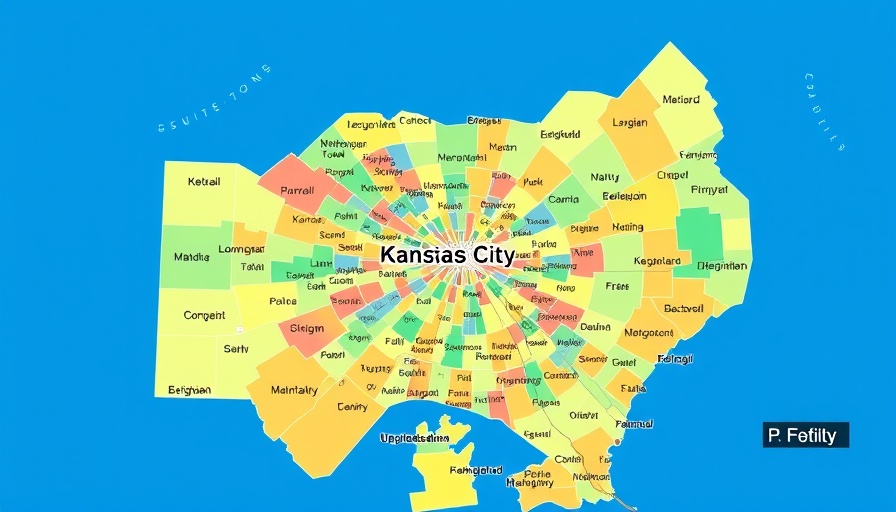
Understanding Missouri's Redistricting and Its Impacts
The recent preliminary approval of a new congressional map in Missouri has stirred significant discussions about the potential impacts on Kansas City. As local leaders express concern that the restructuring might dilute representation in Washington, D.C., residents are left contemplating what this might mean for their community relations and local projects.
In 'South Kansas City Alliance on impact of proposed Missouri redistricting', the discussion dives into the potential effects of redistricting on local representation, prompting us to delve deeper into its implications for Kansas City.
How Redistricting Could Affect Representation
The proposed map, which divides Kansas City into larger districts, raises questions about the effectiveness of representation. Chelsea Ios, a spokesperson for Kansas City, voiced her worries about how having one representative for a vast area—from urban neighborhoods to distant counties—might limit their influence. Diminished representation can have real consequences, particularly regarding federal funding essential for local job creation. As Ios notes, “Money equals jobs for our members.”
Cultural Divide: Urban vs Rural Experience
The debate surrounding the redistricting is not merely political; it highlights a broader cultural divide. Kansas City’s Mayor Pro Tem emphasized that urban and rural residents have vastly different experiences, particularly regarding public safety, housing, and economic development. Urban issues tend to be far removed from rural concerns, making it crucial that the urban voice is not overshadowed by representatives who might not fully grasp city life. The Mayor Pro Tem remarked, “Living in a rural community, they don’t have that lived experience.” This disconnection could impact local policies designed for urban environments.
Community Empowerment: The Call to Action
In light of these changes, local leaders are advocating for residents to engage with their representatives actively. They encourage community members to reach out to state lawmakers, fostering a proactive approach to ensuring that Kansas City’s interests are represented. State representatives need to hear from their constituents about their specific concerns, as community advocacy can significantly influence the outcomes of legislative decisions.
Historical Context: Previous Redistricting Efforts
Redistricting occurs every ten years following the census, and each effort has shaped the political landscape of Missouri significantly. The processes have historically sparked debates around the balance of power, particularly between urban and rural districts. The results from the 2020 census appear to have been contentious, with many believing that the population was not accurately reflected in the maps being drawn. As communities like Kansas City grow in diversity and population, the need for equitable representation becomes even more critical.
Emotional Responses and Community Identity
Many Kansas City residents feel a deep connection to their neighborhoods, which makes potential changes to representation feel personal. The fear of losing power in decision-making processes can evoke strong emotions among local leaders and citizens alike. As they are grappling with the realities of these political shifts, it’s essential to recognize their concerns and offer a supportive platform where their voices can be heard.
In conclusion, the implications of Missouri's proposed redistricting map extend beyond just political lines; they touch on the very fabric of community life in Kansas City. While the challenges posed by these changes might seem daunting, community engagement and advocacy are vital in navigating this political landscape. Have a story to share or want to contact us for more details? Drop us an email at team@kansascitythrive.com.
 Add Row
Add Row  Add
Add 





Write A Comment